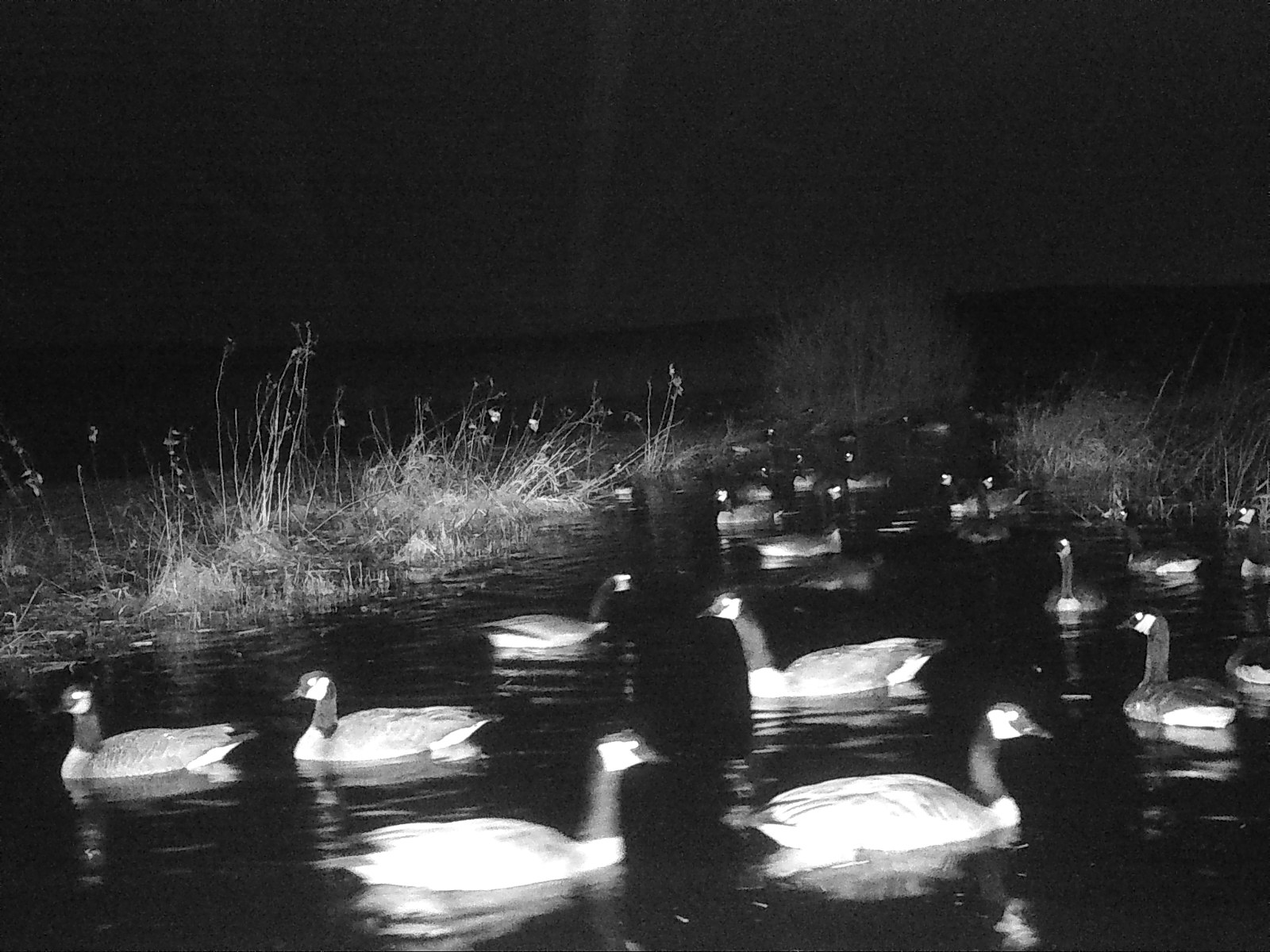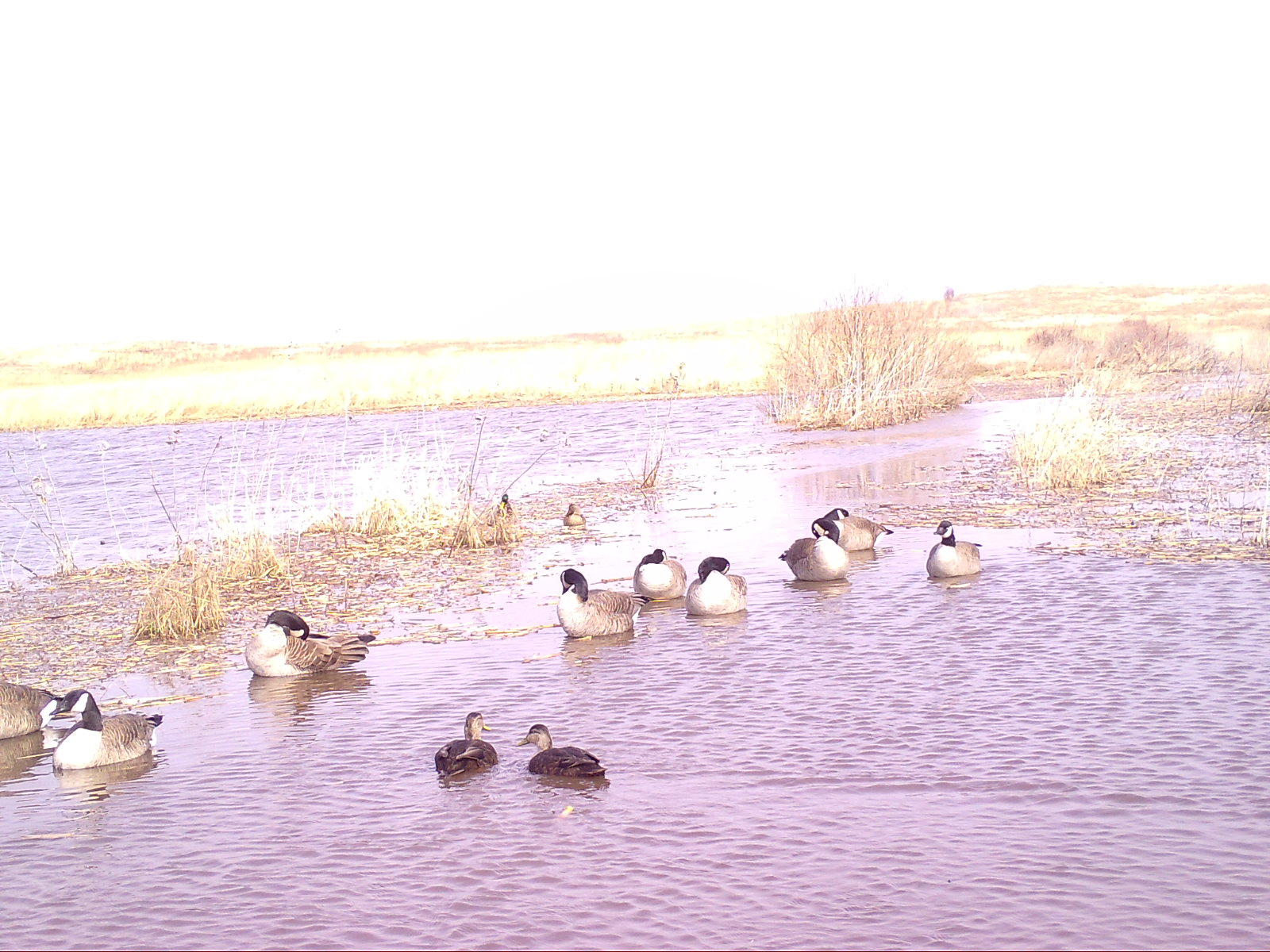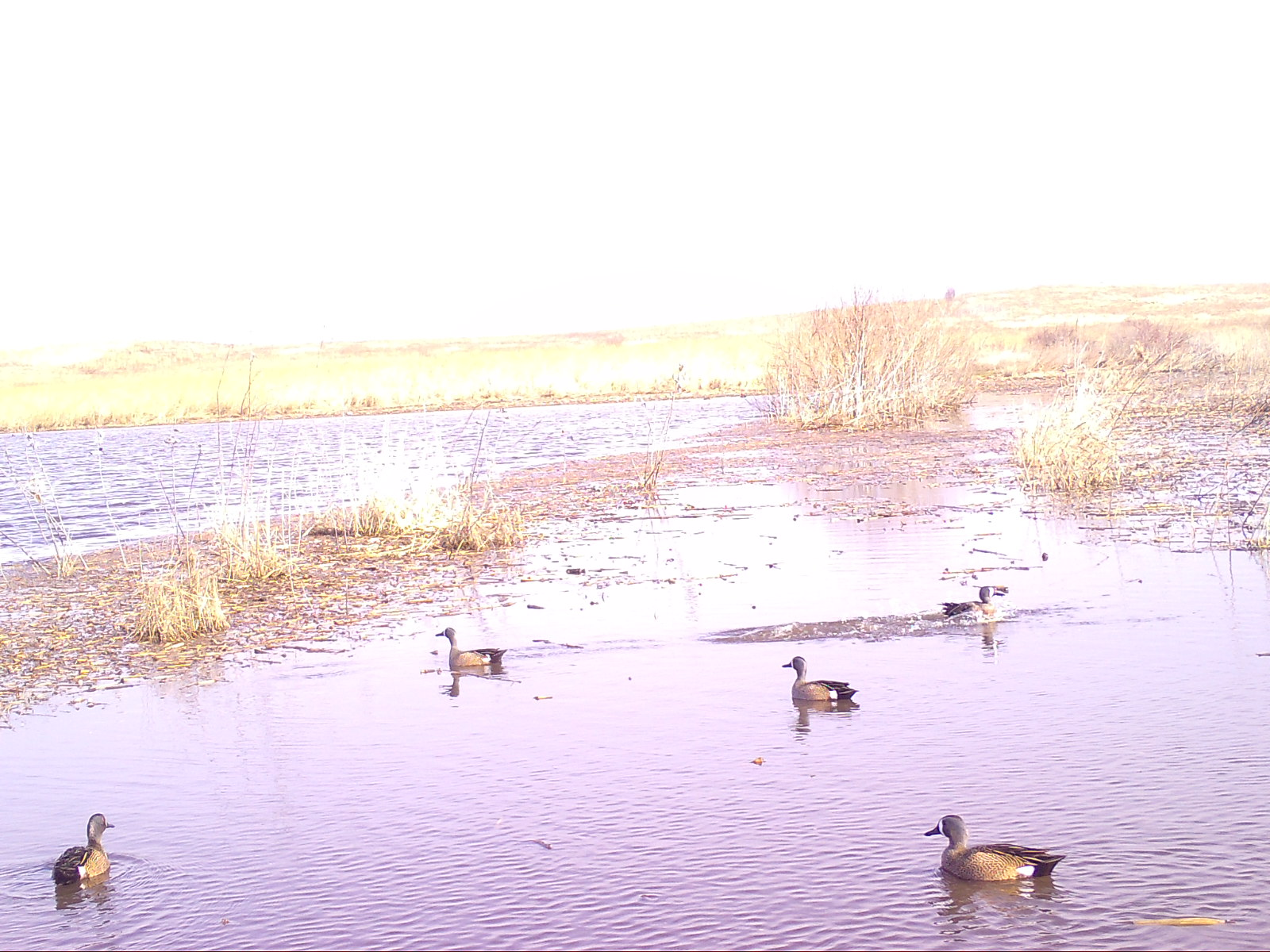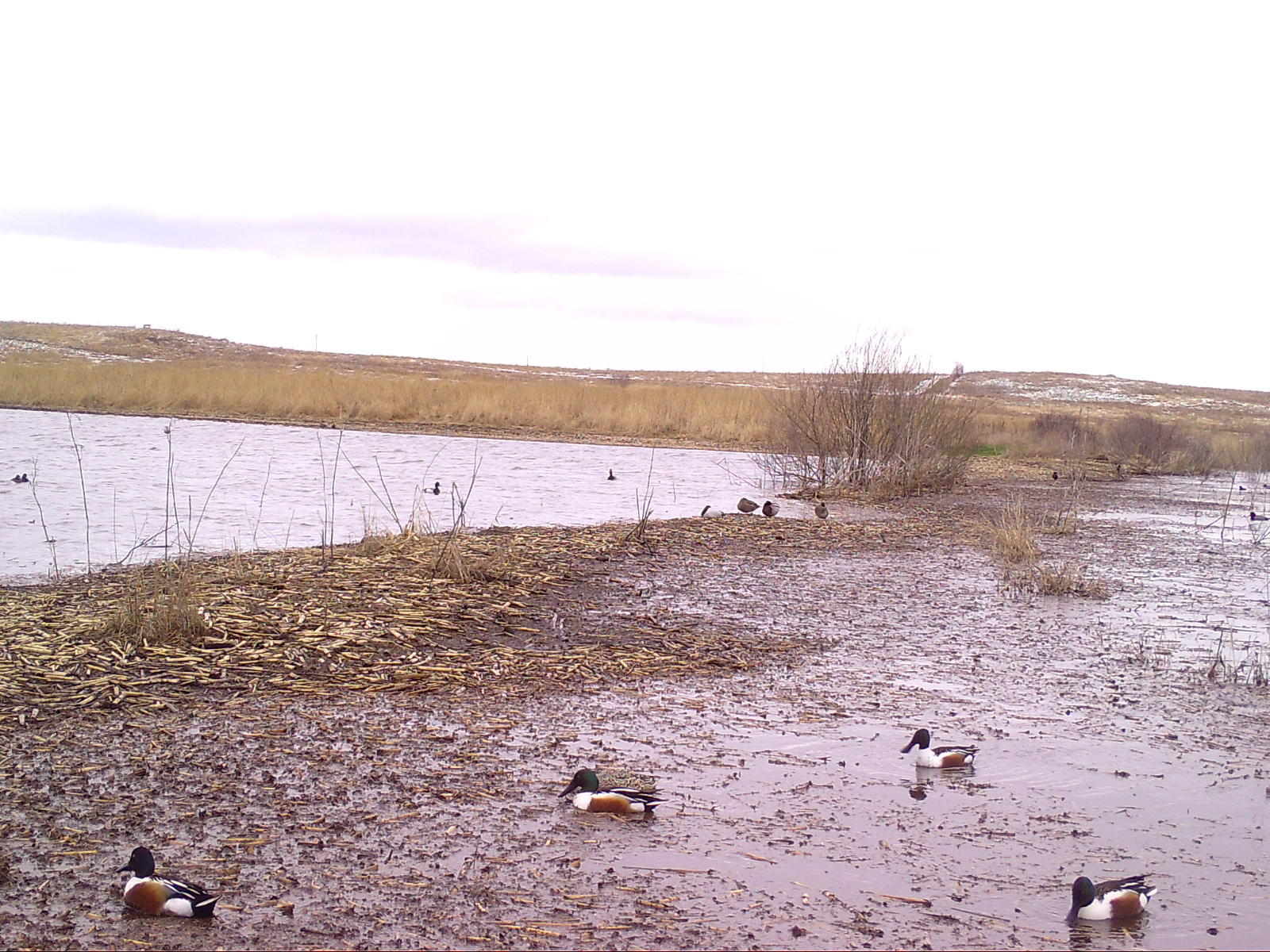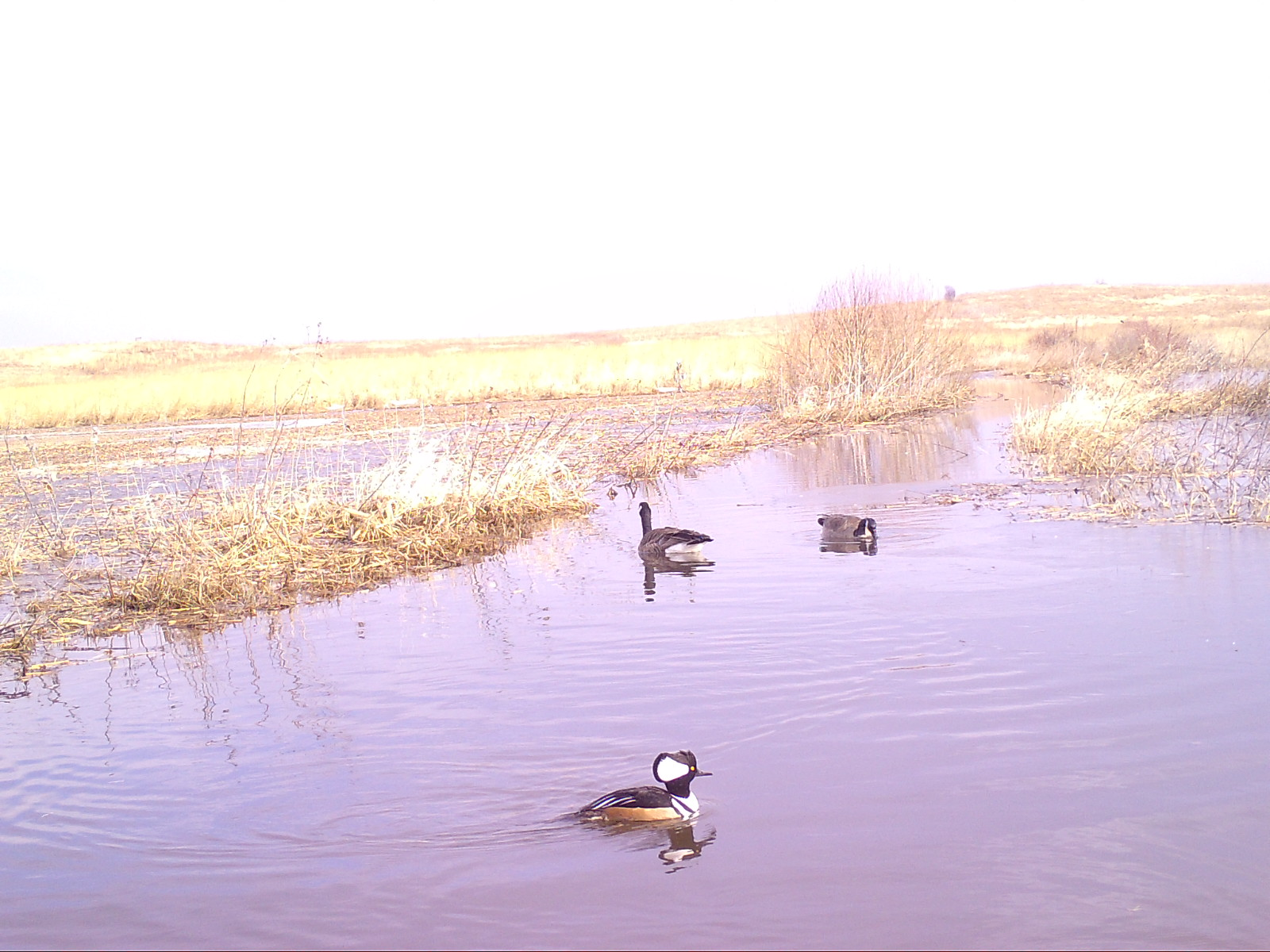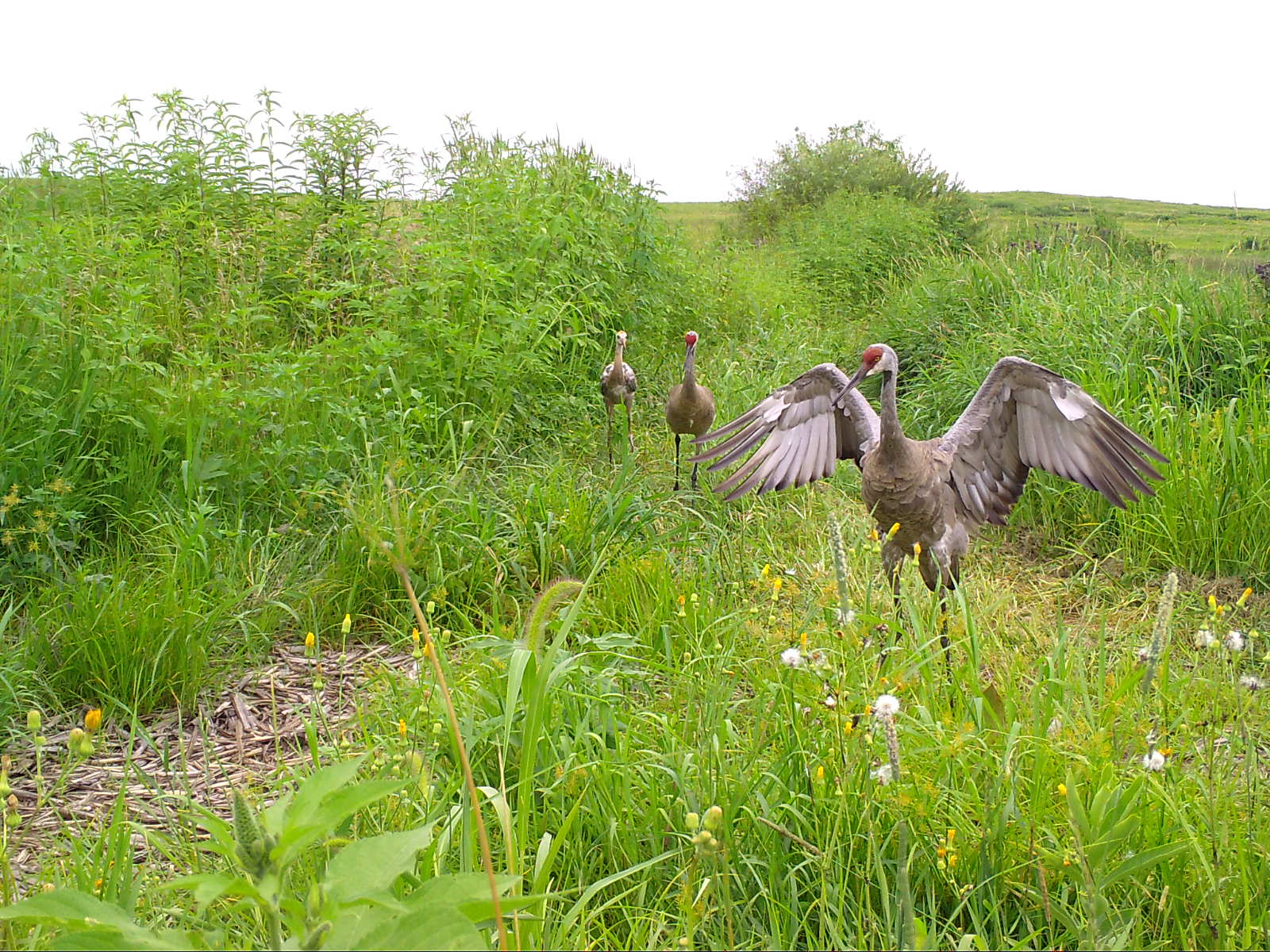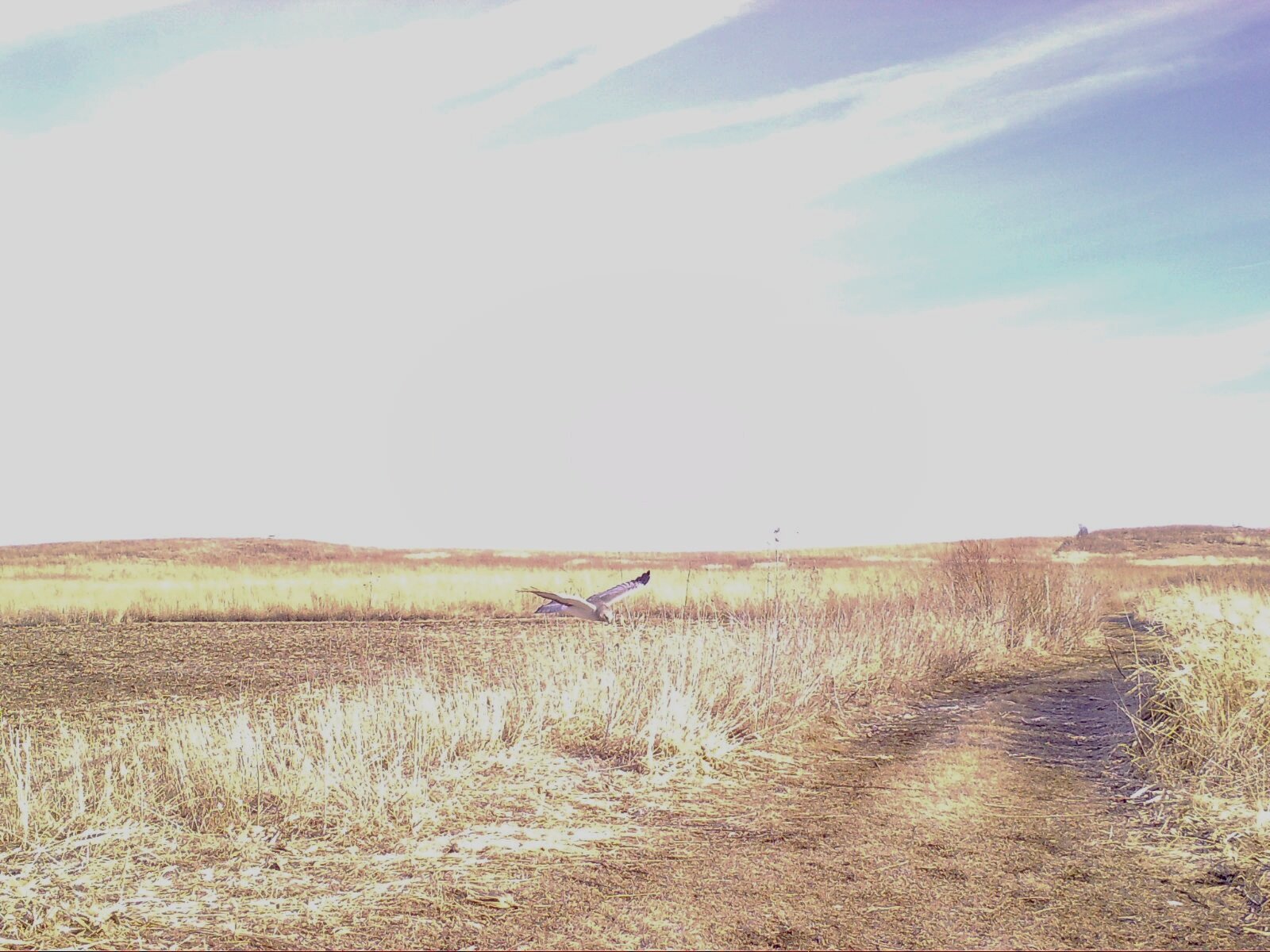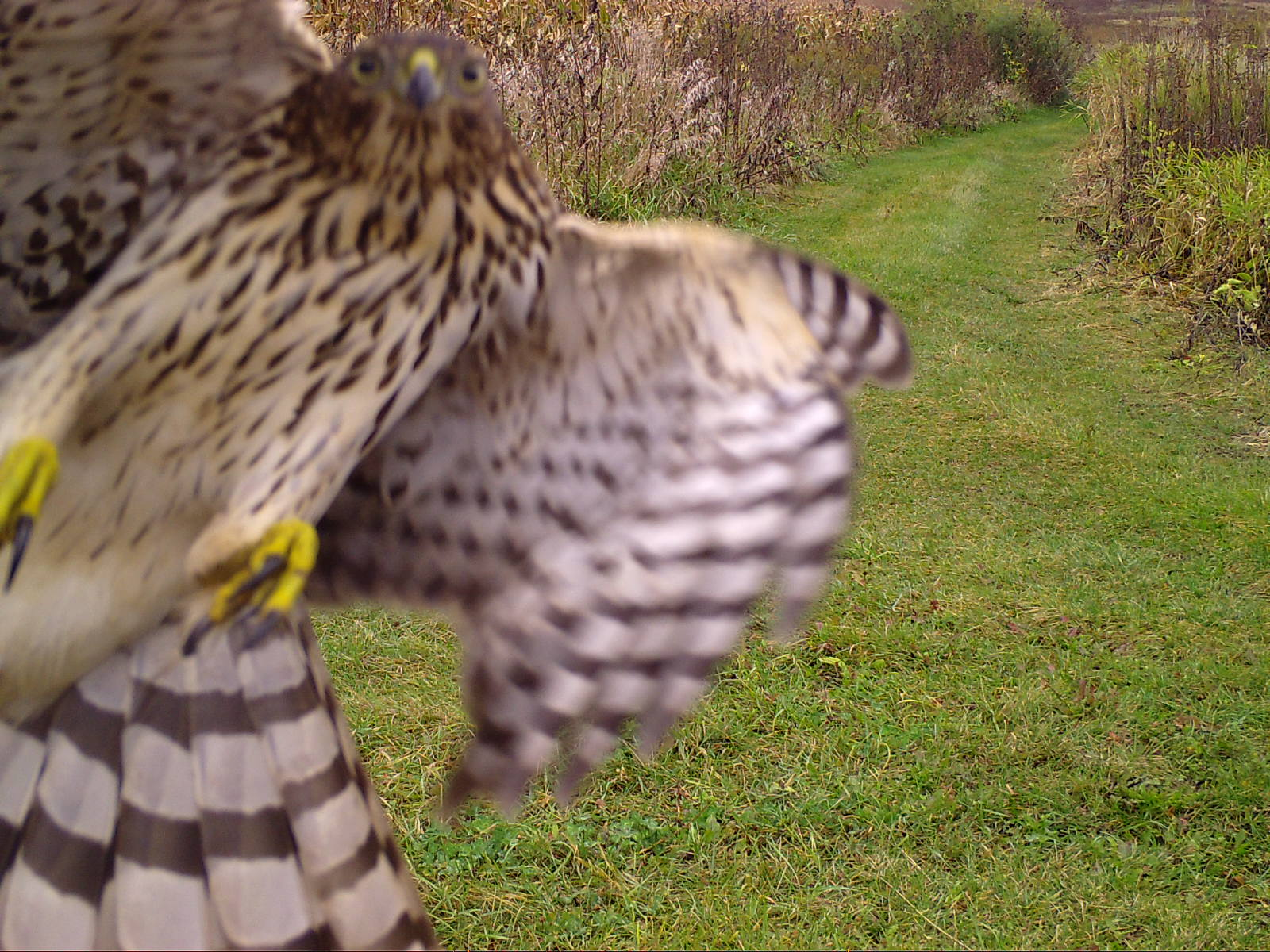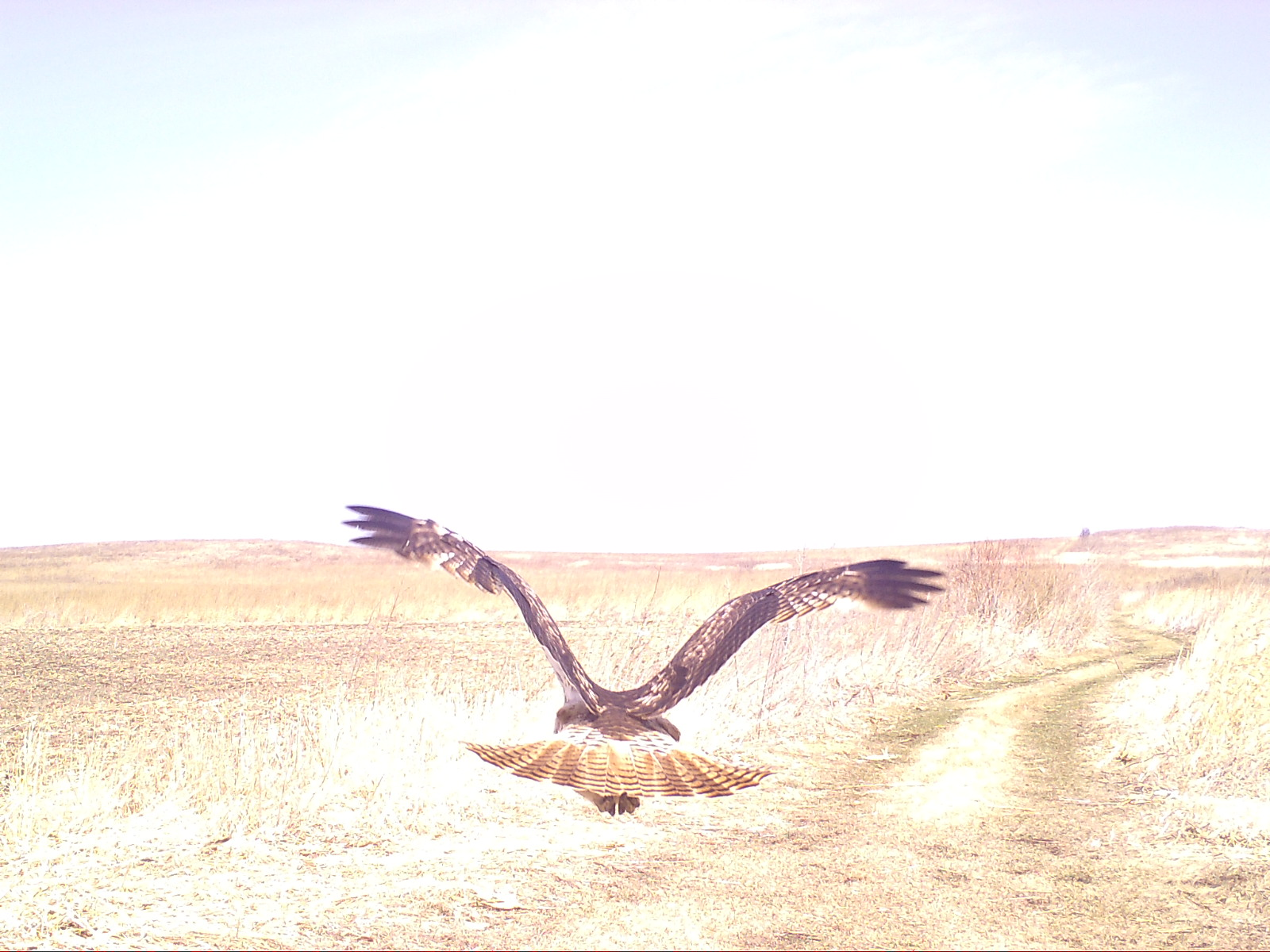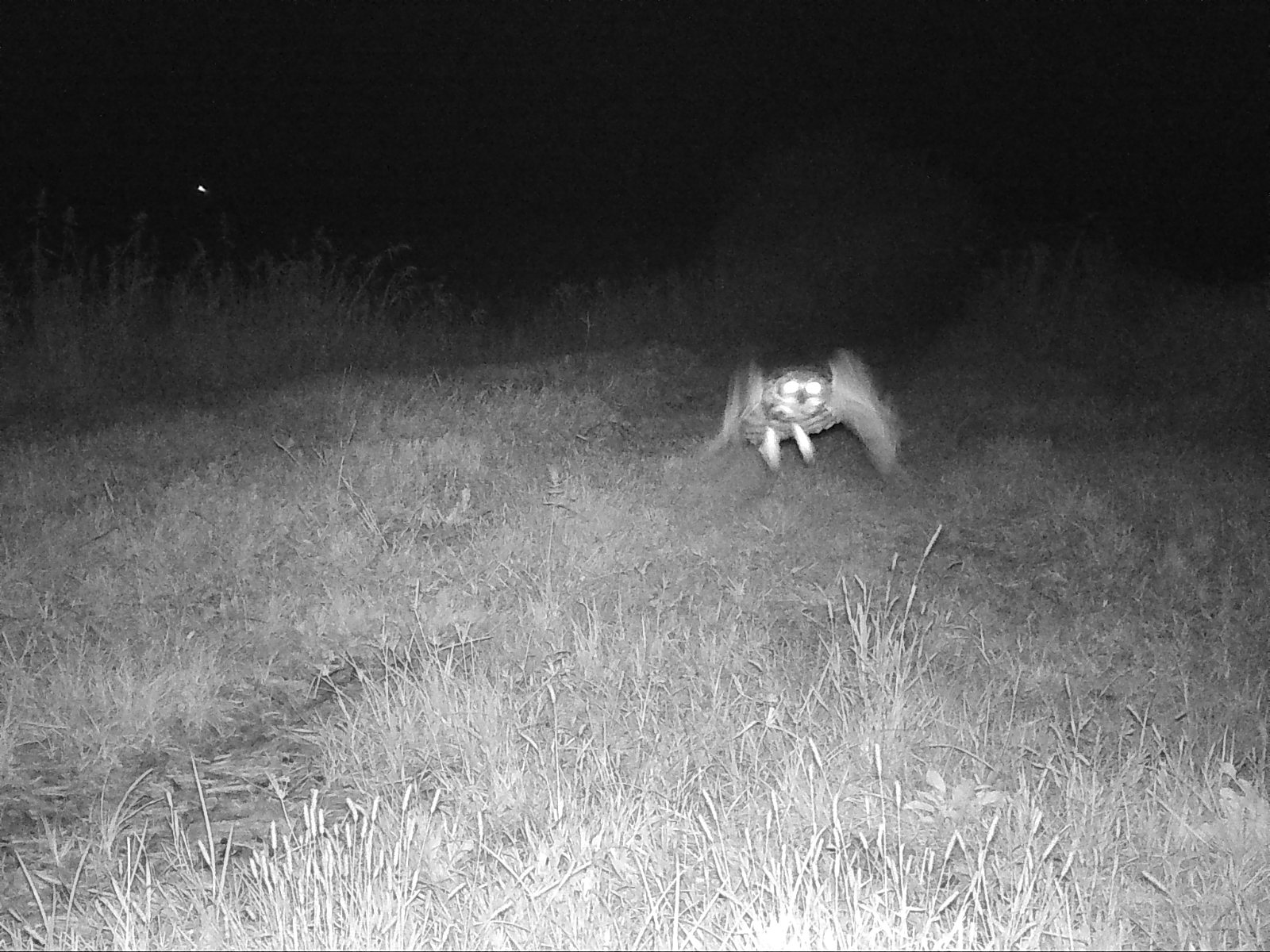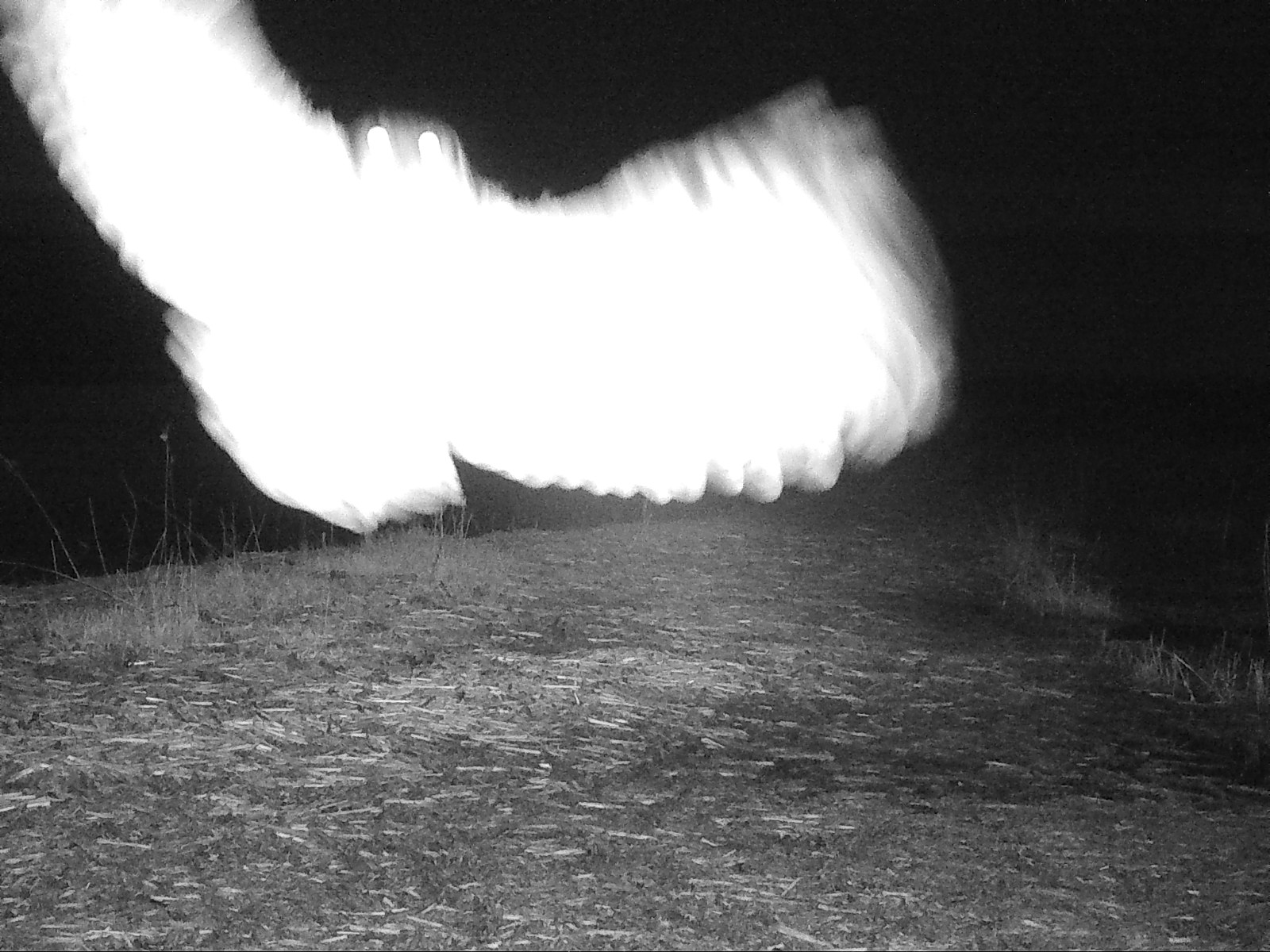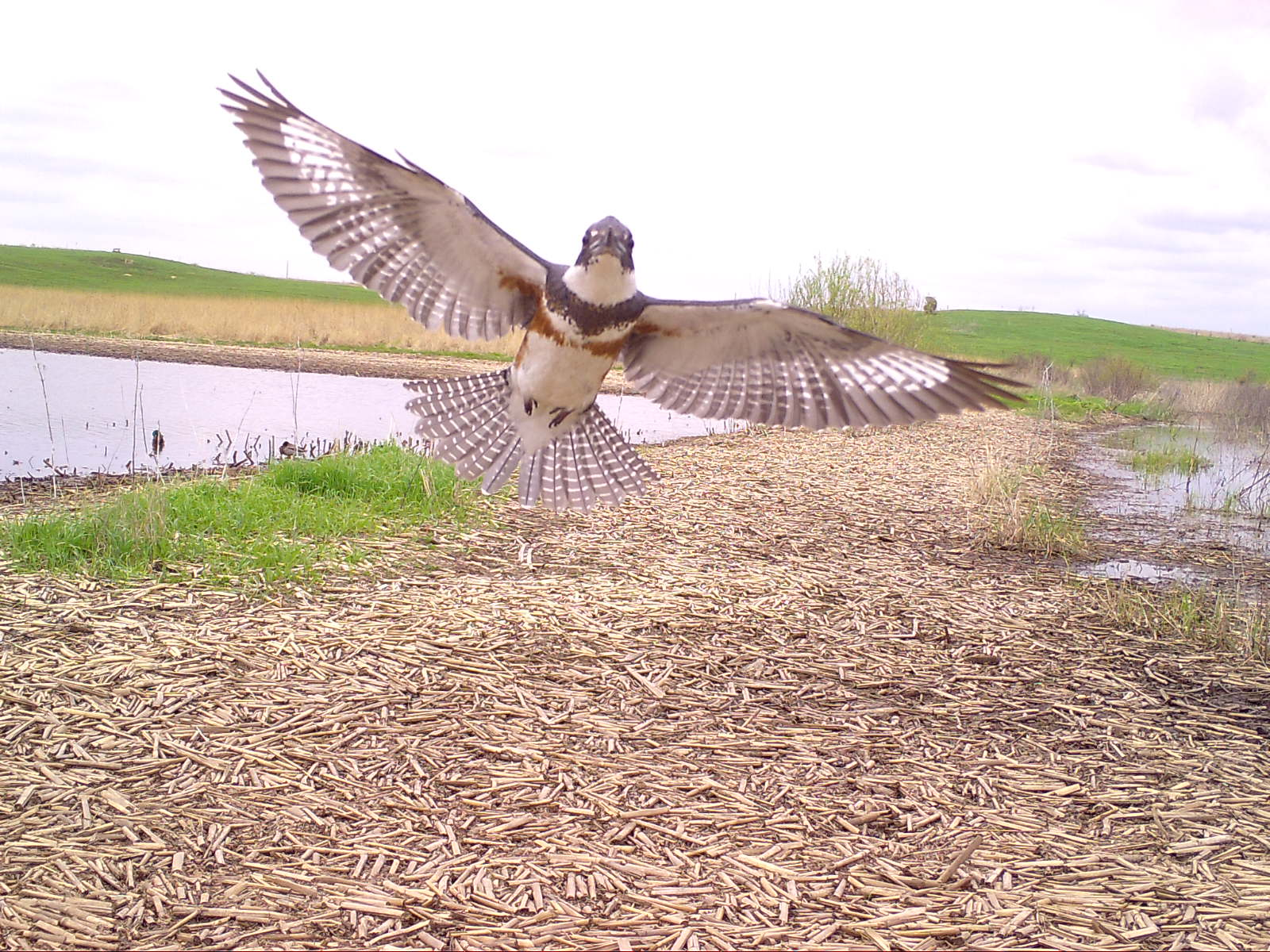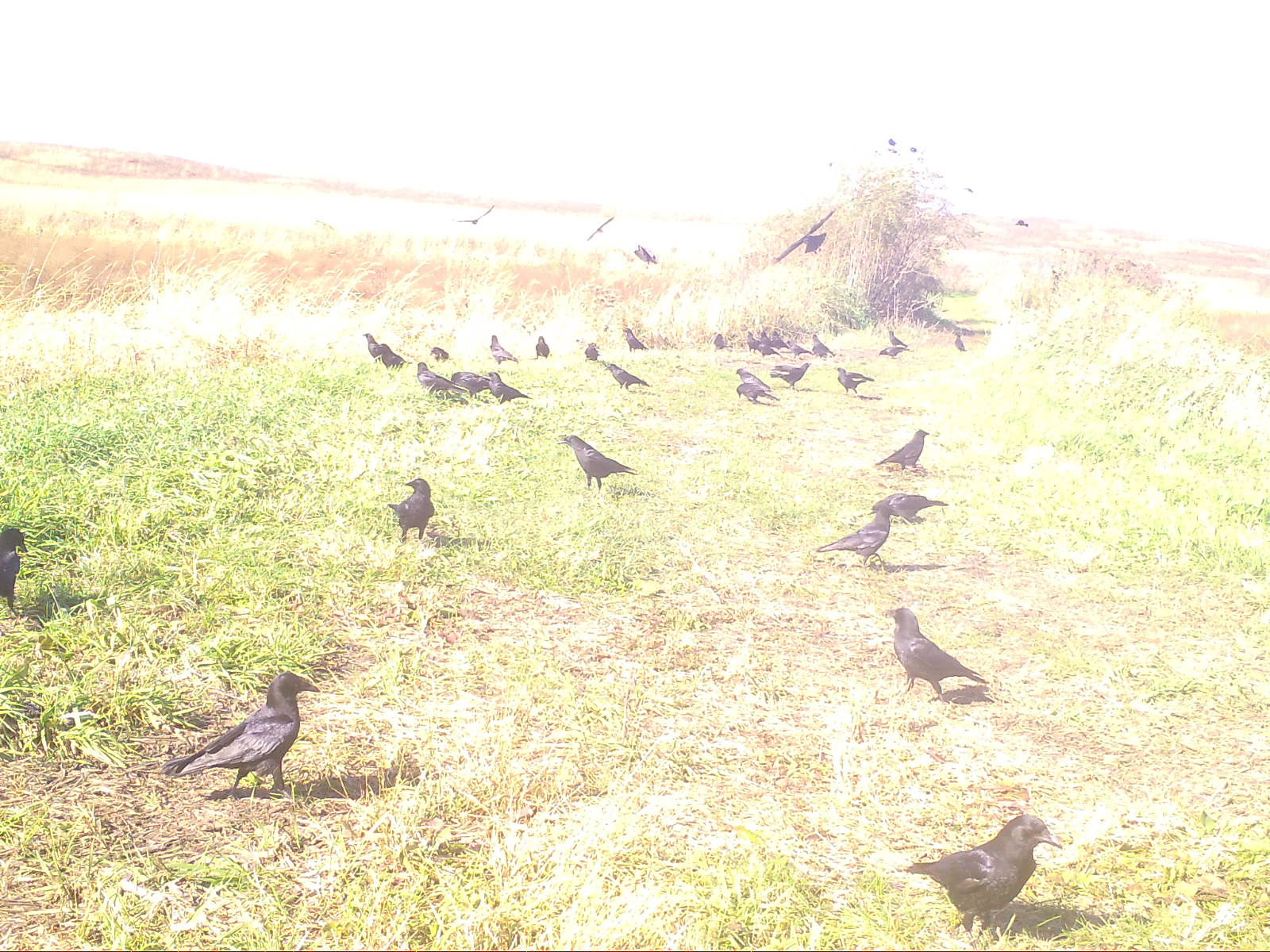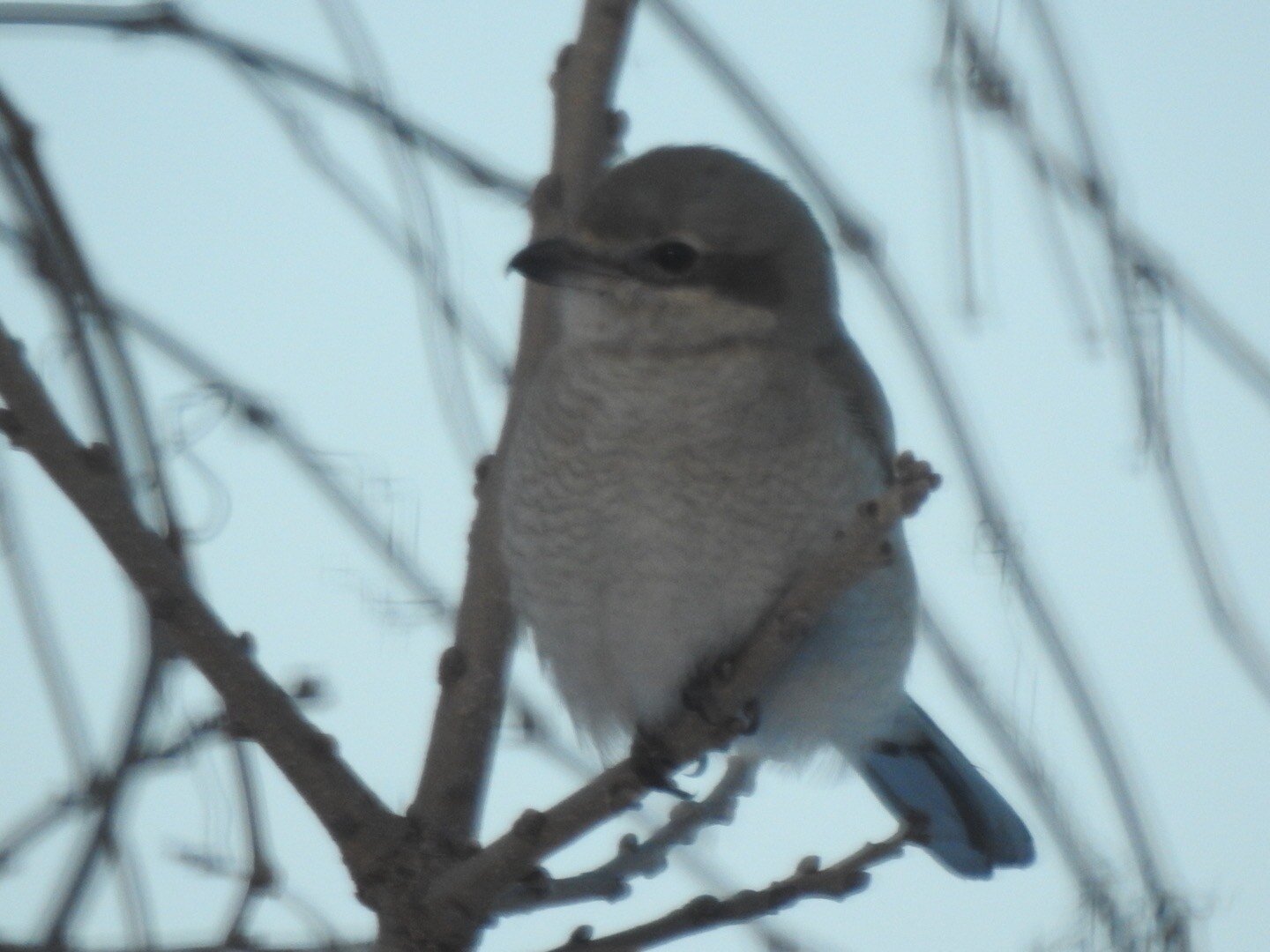The DNR’s Snapshot Wisconsin website provides information on their program : “Let's discover our wildlife together! Snapshot Wisconsin is a partnership to monitor wildlife year-round, using a statewide network of trail cameras. The project provides data needed for wildlife management decision support. It is also a unique opportunity for individuals, families, and students to get involved in monitoring the state’s valuable natural resources.”
As of February 1st, Snapshot Wisconsin reported that 1,755 volunteers are maintaining 2,147 trail cameras, and returning 38,446,952 photos. The cameras shoot a burst of 3 photos when triggered that resulted in an impressive 12,800,000 wildlife observations!
We set up a Snapshot Wisconsin camera at Goose Pond Sanctuary in October of 2017 at the corner of Jill’s Prairie where three trails meet adjacent to restored prairie, cropland, and a food plot. Last March, the cropland and food plot was flooded due to record high water levels.
An impressive list of 31 bird species have had their pictures taken between October 2017 and February 2020. Thanks to Bob Benicoff who helped review and classify photos and to Jim Otto for helping tally the bird species and selecting interesting photos.
Species found are greater white-fronted goose, Canada goose*, tundra swan, wood duck, gadwall, American black duck, mallard, blue-winged teal, northern shoveler, green-winged teal, canvasback, redhead, ring-necked duck, hooded merganser, ring-necked pheasant *, sandhill crane*, killdeer, American bittern, great blue heron, northern harrier, Cooper’s hawk, red-tailed hawk, great horned owl, snowy owl, short-eared owl, belted kingfisher, American crow, tree swallow, American robin, red-winged blackbird and common grackle. * Broods seen
Click the right and left arrows below to see more photos!
Project birds are divided into three groups - ring-necked pheasants (175 individual photos), sandhill cranes (80 photos) and other birds (over 700 photos). Some birds are like people who like to have multiple images taken to make sure they have the perfect photo. The camera takes photos when ever there is motion including waves and vegetation blowing in the wind. We have deleted thousands of “blank” photos. The most unusual bird seen was an American bittern sneaking past the camera last October.
Oh bittern, where are you?
The photos help to document changes in wildlife species and numbers, observe changes in habitats and the seasons, and also record changes from dry to water and snow depths.
The high number of wetland bird species is the result of the high water last year. Raptors are drawn to the treeless site hoping to use the camera post as a hunting perch.
The Breeding Bird Atlas II is looking for volunteers to help classify over 50,000 bird photos on the Snapshot Wisconsin website that could provide atlas records. Jim Otto is one of the 108 current volunteers. The site has a tutorial section but Jim would be willing to answer questions and provide tips if you would like to volunteer: jeotto@wisc.edu
It will be interesting to see how many other species are added to the list. Our guess is that we may reach 35 species but it may take a few years. Candidates to be added include wild turkeys, morning doves, American kestrels, and northern shrikes.
Written by Mark and Sue Foote-Martin, Goose Pond Sanctuary resident managers, and Graham Steinhauer, land steward goosep@madisonaudubon.org







